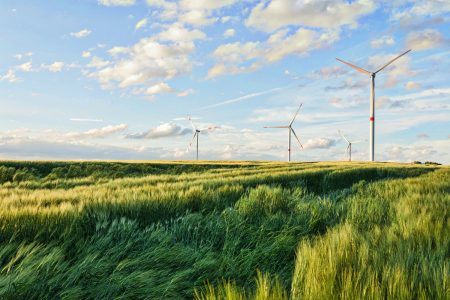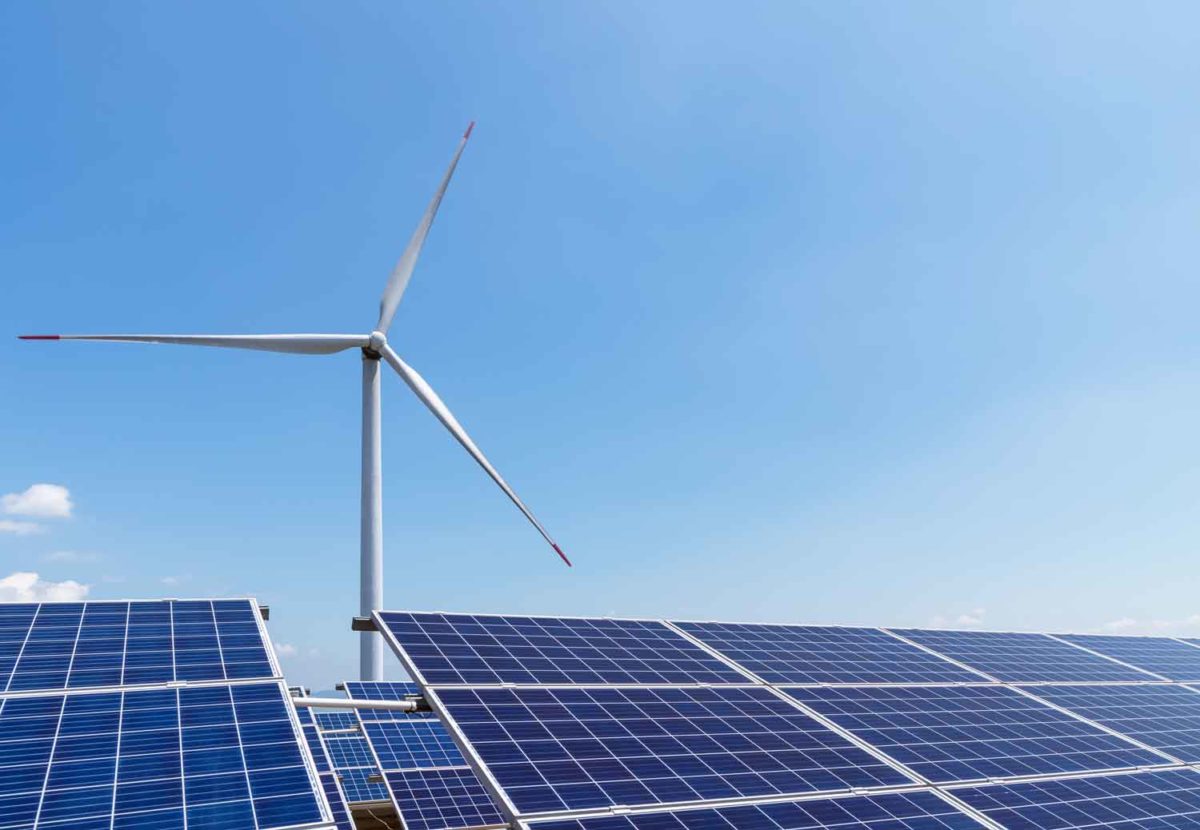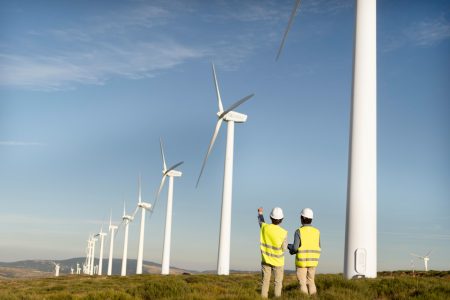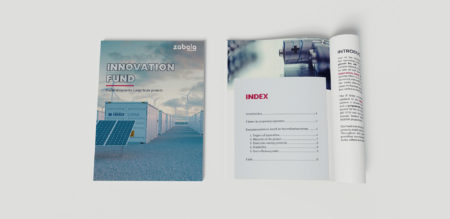
News
Innovation Fund
The third call of the Innovation Fund Small Scale is here!
Investment projects that would lead to a significant reduction of CO2 emissions in various sectors can be submitted until September 19
Innovation Fund
The programme is expected to allocate some 38 billion euros by 2030 to finance Europe's decarbonisation

Innovation Fund is a programme of DG CLIMA that builds on the lessons learned from the NER300 programme. The programme is expected to allocate some 38 billion euros until 2030, to finance the decarbonisation of Europe. It is one of the key elements that should help in the European Commission’s strategy for a climate-neutral Europe by 2050 outlined in its communication “A Clean Planet for All”.
The funds come from the European Union Emissions Trading System (EU ETS). And from the end of 2022 they are also supported by REPowerEU, the EU’s plan to eliminate dependence on Russian fossil fuels.
Find out more about the Net-Zero Technology Call
This is a great opportunity both for the energy sector and for industrial sectors such as steel, chemicals, paper, cement, ceramics, maritime, land transport, buildings and other energy-intensive industries. The Innovation Fund is therefore primarily aimed at companies.
The Innovation Fund calls for projects will be managed by INEA (Innovation and Networks Executive Agency), the same agency that manages programmes such as CEF – Connecting Europe Facility, or that manages the Energy or Transport demonstration projects in HORIZON 2020.
INEA aims to make grant management easy and flexible, based on milestones and the degree of compliance with emission targets, unlike other programmes based on technical and economic justifications.
We are not talking about R&D projects, which would reach a TRL7, but in this case we would be in a TRL8: the first industrial application of a technology (“first of a kind” projects) or with technologies that are not yet commercially available. Only projects that are innovative in relation to the state of the art will be financed.
INEA will provide guidelines to clearly calculate the avoided greenhouse gas emissions, whether CO2 or other gases included in the Emissions Trading Scheme. The calculation methodology will be different depending on the type of project: a renewable project is not the same as an industry project, and an energy storage project is not the same as a carbon capture and use project.
The project is considered “mature” if it is ready to be evaluated by investors. A company’s investment project, as it would be presented to the company’s CEO or to potential investors or banks, is the basis for an Innovation Fund application.
The Innovation Fund will fill the funding gap that lies behind the R&D projects usually funded by HORIZON 2020 or Horizon Europe, and which hinder the first commercial projects of a technology before it is mature.
The Innovation Fund proposes to subsidise real investment projects, with high innovative content and in many cases with very high investment values. Furthermore, as these are investment projects, no consortium is required: a company can submit an individual application to the Innovation Fund, although it is also possible to do so in a consortium.

News
Innovation Fund
Investment projects that would lead to a significant reduction of CO2 emissions in various sectors can be submitted until September 19

Opinion
Innovation Fund

Rocío Fernández
Consultant

Publication
INNOVATION FUND
Do you want to present your project with a chance of success to the Innovation Fund (IF)? Our team of experts has developed this guide to help you understand how to submit your large-scale project
We are experts in European funding programmes, which provide the opportunity to finance the development and market access of your company's innovative projects.
We provide advice to activities that encourage innovation, aimed at promoting the development of new innovative markets from the demand side, through public procurement.
We guide companies through the implementation of adequate innovation strategies, which allows them to tackle any transformation challenge in a coordinated and effective manner, from an integrated perspective.
This website uses cookies so that we can provide you with the best user experience possible. Cookie information is stored in your browser and performs functions such as recognising you when you return to our website and helping our team to understand which sections of the website you find most interesting and useful.
Strictly Necessary Cookie should be enabled at all times so that we can save your preferences for cookie settings.
This website uses Google Analytics to collect anonymous information such as the number of visitors to the site, and the most popular pages.
Keeping this cookie enabled helps us to improve our website.
Please enable Strictly Necessary Cookies first so that we can save your preferences!
This website uses the following additional cookies:
(List the cookies that you are using on the website here.)
Please enable Strictly Necessary Cookies first so that we can save your preferences!